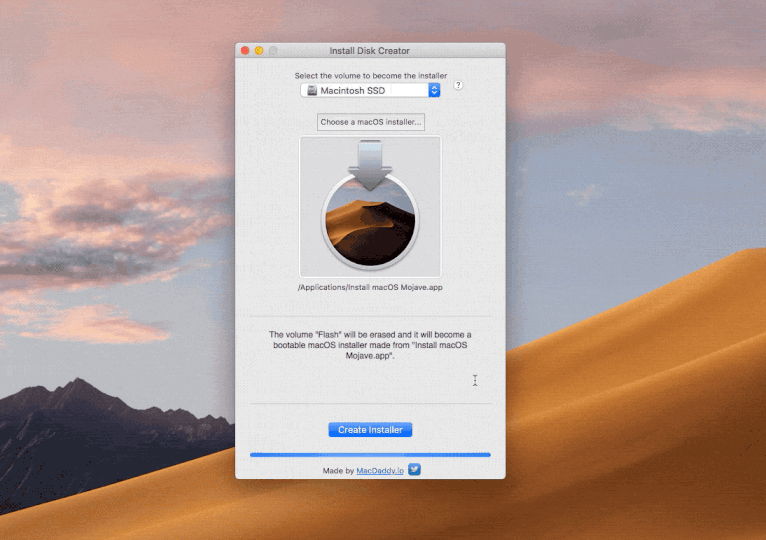
- DO A BOOT INSTALL FOR MAC OS X MAC OS X
- DO A BOOT INSTALL FOR MAC OS X INSTALL
- DO A BOOT INSTALL FOR MAC OS X PLUS
- DO A BOOT INSTALL FOR MAC OS X WINDOWS 7
- DO A BOOT INSTALL FOR MAC OS X MAC
DO A BOOT INSTALL FOR MAC OS X MAC
If you see the mac logo with a stop icon over it, it means that you downloaded a too new version that is not supported from your mac, else it will start. When the USB drive is ready you can plug it in you mac and press alt (option) while booting, you have inserted a firmware password, it will ask you to unlock the firmware by inserting that password, else it will take you to all the bootable drives, including your USB device.
DO A BOOT INSTALL FOR MAC OS X PLUS
Here things start to get a little tricky.įirst of all you have to flash the image on a USB drive, I recommend etcher, that works on everything (Mac, Linux and Windows too) it's extremely easy to use and you just need to select the drive and the image and etcher will do everything by itself, plus it's free here.
DO A BOOT INSTALL FOR MAC OS X MAC OS X
In this case, you have to download the dmg file, that can be found on the web, for example, one websites that provides some macOS and Mac OS X is this (for El Capitan, if you need another version, I'm sorry but you have to search for it).
DO A BOOT INSTALL FOR MAC OS X INSTALL
In most of the new mac computer, you can just press cmd+r while booting and the mac will automatically download everything you need to install the system, but the oldest does not have this tool. The first thing you have to do is make sure what model you have (the year when your computer has been released) then check on the official apple website to see what is the latest macOS or Mac OS X version available for you computer. I had this problem with a friend computer, it was an old iMac and I'll tell you it is not going to be easy. So basically, the USB drive cannot have any high level formatting, the Windows system should detect the drive as "not formatted" for this to work, which it will if prepped right with Diskpart. When I tried to inject the image, Transmac told me that the drive was "write protected". Note: I use "Rufus" for all other USB writing and formatting for Windows systems, it's a great app, but I had previously tried to format the drive as GPT using that, as a Fat32 partition. DISKPART> convert gptĭiskPart successfully converted the selected disk to GPT format. DISKPART> cleanĭiskPart succeeded in cleaning the disk. (Find the disk number) DISKPART> select disk x (from result of List Disk)ĭisk x is now the selected disk. Here are the Diskpart commands used to prep the Flash Drive, just to have them here in case my Link does not work: diskpart I've been trying to post this to confirm that it works for some time, I just hope it helps someone else, because it is a very easy solution. Someone had reported that the method for using DISKPART did not work, but I have done this twice and it works remarkably well, and it's the only method I could find to create a Mac-Bootable Flash.
DO A BOOT INSTALL FOR MAC OS X WINDOWS 7
I used TransMac on Windows 7 to restore the image file I had to the Flash Drive, it created a bootable Mac image on my flash drive. Dryden's Link, I was able to use the Diskpart command to clean and prep a GPT partition on a flash drive for an OSX Mavericks install image. I was never able to write a Mac installer image to my Flash Drive and have it bootable, unless I did it on a Mac. Terminal will now erase and create your bootable USB drive, ready for you to boot from.I know this question is old but it is still valid. After entering your password, confirm you want to erase the USB drive by typing Y followed by Return. Sierra: sudo /Applications/Install\ macOS\ Sierra.app/Contents/Resources/createinstallmedia -volume /Volumes/MyVolume -applicationpath /Applications/Install\ macOS\ Sierra.appĮl Capitan: sudo /Applications/Install\ OS\ X\ El\ Capitan.app/Contents/Resources/createinstallmedia -volume /Volumes/MyVolume -applicationpath /Applications/Install\ OS\ X\ El\ Capitan.appĬopy and paste the command you need above into your Terminal window and press the Return key. High Sierra installer on Sierra or earlier: sudo /Applications/Install\ macOS\ High\ Sierra.app/Contents/Resources/createinstallmedia -volume /Volumes/MyVolume -applicationpath /Applications/Install\ macOS\ High\ Sierra.app

High Sierra installer on High Sierra: sudo /Applications/Install\ macOS\ High\ Sierra.app/Contents/Resources/createinstallmedia -volume /Volumes/MyVolume Mojave installer on Sierra or earlier: sudo /Applications/Install\ macOS\ Mojave.app/Contents/Resources/createinstallmedia -volume /Volumes/MyVolume -applicationpath /Applications/Install\ macOS\ Mojave.app Mojave installer on Mojave or High Sierra: sudo /Applications/Install\ macOS\ Mojave.app/Contents/Resources/createinstallmedia -volume /Volumes/MyVolume Take note that the commands differ slightly for creating Mojave and High Sierra installers on older versions of macOS. Just replace the MyVolume portion of the command with the name you gave your drive in the Disk Utility step above.

Terminal is the easiest way to create your bootable USB drive.


 0 kommentar(er)
0 kommentar(er)
